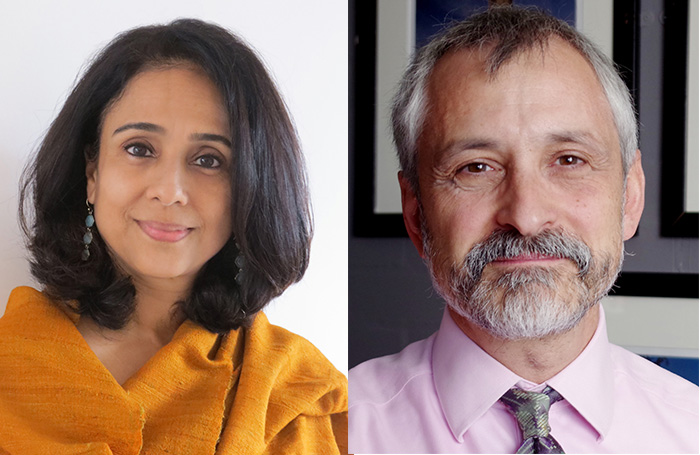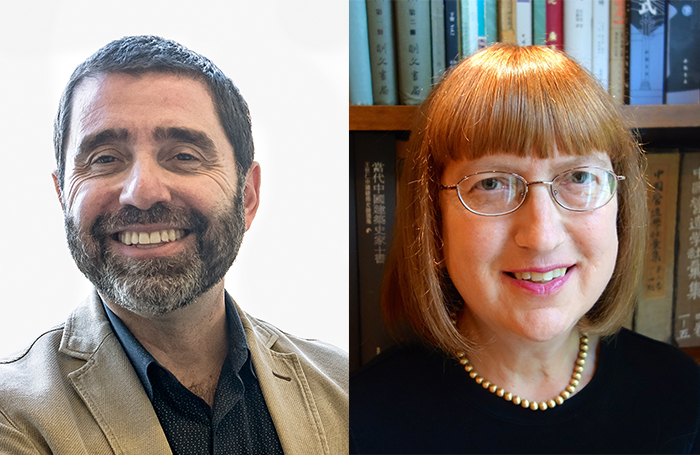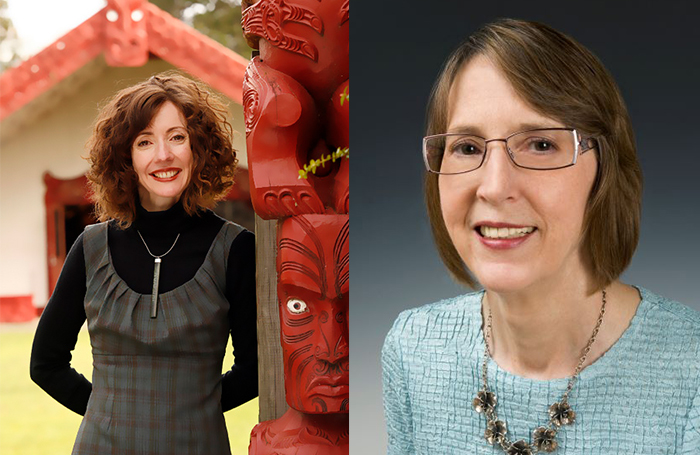The all-new 21st edition of Sir Banister Fletcher’s A History of Architecture, published by Bloomsbury in partnership with RIBA and the University of London, unites 88 expert voices to transform what was once a Western-centric, potted world history into a truly globalised history of architecture.
These contributors represent an international cohort from a range of disciplines including architecture, history and archaeology. In the run up to publication, we found out more about what drew the contributors to the project, and why it’s so important.
Early Encounters
For generations of architects, reading Banister Fletcher’s History of Architecture was among their earliest encounters with architectural writing. "As an architecture student, Banister Fletcher was our bible for the world history of the subject," says architectural historian Swati Chemburkar. The 18th edition still sits on her bookshelf today. Architectural historian Virginia Bernardini agrees, saying her fascination with the text as a student made it particularly exciting to have the chance to contribute to the new global edition.
Architect and academic Timothy Brittain-Catlin also came across the 18th edition at a young age, when his boss gifted him a copy after a week’s work experience. It sat on the shelf alongside Hultén’s Building Modern Sweden and Banham and Hillier’s A Tonic to the Nation to form the beginnings of his own architecture library. Likewise, Banister Fletcher was a recurring figure in the early career of architect and architectural historian Neil Jackson. The 17th edition was the first architecture book he bought, sparking an interest that saw him go on to win the Banister Fletcher Prize for his dissertation at the Polytechnic of Central London and the Authors’ Club Banister Fletcher Prize for his book, Craig Ellwood.
But the role of Banister Fletcher's book in the architectural education of generations of students is not without its problems. As architect and anthropologist Paul Memmott points out, Indigenous and vernacular architectures employed by the majority of the world have consistently fallen through the gaps in this classic so-called survey text. Addressing such omissions was a key aim of the project.

A Chance to Innovate
For many of the contributors, the project was an opportunity to redress exclusions from the standard history of architecture and to offer new perspectives on established narratives. “It’s very exciting to integrate Assyrian and Babylonian architecture anew into the canon for the next generation of readers,” says David Kertai. Historian and archaeologist John N. Miksic hopes to do the same for Southeast Asia, “home to some of the most interesting but least understood works of architecture”, and Bin Huizhong is inspired by the opportunity to introduce Chinese architectural history to readers around the world. Nancy Shatzman Steinhardt, the University of Pennsylvania’s professor of East Asian Art and curator of Chinese Art, agrees: "One of the most important features of the new edition is the serious commitment to global architecture”. Adam Hardy wants us to reconsider what we think we know: “Indian temples contradict a lot of what most of us learn at college about what architecture is”.
As both Hamed Khosravi and Deirdre Brown point out, the significance of the project lies in the efforts made to decentre the narrative of architectural history and to highlight the contribution of non-European architectures responsible for most of the world’s buildings. It also committed early on to an interdisciplinary approach. Lesley McFadyen hopes her chapter will illustrate to architectural historians the insights to be gained from engaging with prehistoric structures, while other chapters benefit from the range of approaches and perspectives of practising architects, archaeologists and architectural and cultural historians. The opportunity to test and transcend boundaries, whether of traditional categories or discrete disciplines, was important to both authors and editors. As Michelangelo Sabatino puts it, “writing a more inclusive history of architecture and the built environment is immensely satisfying because it reveals the complex dialogue between the local and the global”.

Cross-cultural comparisons
Of course, with so many leading academics among the contributors, it’s no surprise they’re excited to share the new volume with students. Architectural historian and archaeologist Thomas Noble Howe looks forward to the new edition providing a flexible and well-illustrated tool to support his teaching, including in the studio with design students. But the experience has also enriched the contributors’ own understanding of their subject areas. Art historian Maya Stanfield-Mazzi underlines that the book’s vast scope invites cross-cultural comparisons and will broaden understandings of the production of architecture within a global context. Pablo González Tornel agrees, saying the project has helped him detect the timeless features of Spanish architecture and consider its evolution within a global network. Meanwhile Axel Christopherson found that writing his chapter afforded him a deeper understanding of Scandinavia’s geographical and cultural diversity, and Rhodri Windsor-Liscombe experienced a similar effect in his own field. “It allowed me to extend my research on the travel of the Modern Movement in the context of changing politics, economics and social culture” he says. For fellow art historian Natasa Koselj it was simply “a priceless experience!”
But it was no easy task. As Portuguese architectural historian Jorge Correia points out, challenges are raised by adopting a regional approach to a global picture of architecture, highlighting the importance of balancing the inclusion of "local masterpieces" within a broader, outward-looking narrative. For Joyce Szabo, the major challenge was developing a chapter encompassing the hugely complex social structures of Native North American cultures over a period of nearly 1,000 years.
The resulting edition doesn't claim to be the last word, but rather a jumping off point. It provides a comprehensive introduction, a contemporary approach, and a global framework within which to situate in-depth studies of particular places or periods. The new edition represents a giant leap forward, reflecting the changes in both architectural history scholarship and architectural production over the last thirty years,while acknowledging that there is always further to go. Inspired by a range of intellectual agendas and personal encounters, our contributors have embraced the challenge.










